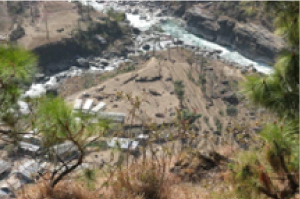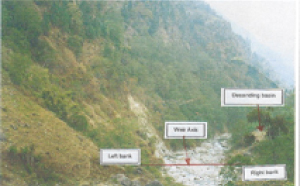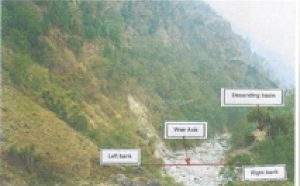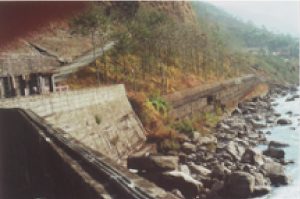
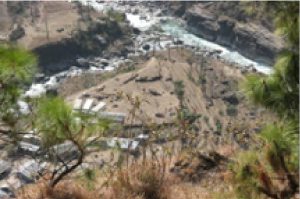
Client: Tara Energy Pvt Ltd
Funding Agency: Tara Energy Pvt Ltd
Period: January, 2009 to December 2011
Consulting Association: Hydro Engineering Services, GEOCE Consultants (P) Ltd, Nepal Consult JV
Approx. Value of Services: Total NRs 21.5 million
Professional Staff Input: National (46) person months)
Salient Details
The project is feasibility study for development of run-off river hydropower (39 MW) from the tail race of Upper Bhote Koshi-I Hydroelectric Project (installed capacity 36 MW) located in Sindhupalchowk District. Main project features include head pond (32mx13x13 h), headrace tunnel (3.08 km), surge tank, surface power house, switchyard, transmission line 132 kVA (0.384 km). Annually the project will generate energy of 238 GWh. The project will cost US$ 60.19 million.
The scope of work included (i) Techno-economic Feasibility Study (ii) Initial Environmental Examination and (iii) Preparation of tender document. The Techno-feasibility study was carried out in coordination with existing Upper Bhote Koshi Hydroelectric Project operating system at the upstream and proposed Middle Bhote Koshi Hydroelectric Project at the downstream. Initial Environmental Examination was carried out in accordance with Environmental Protection Rules, 1997 (amendment 1999 and 2008).
The details of scope of work comprised of:
- desk study and map interpretation
- verification of location of project components, conduct field investigations comprising topographical surveys, geological, geo-technical and geophysical investigation, hydrological and sediment studies, seismic study
- alternative configuration and optimization studies
- project layout and design of civil structures such as head pond, waterways (tunnel, surge tank), power house
- layout and design of hydraulic structures, power generating equipment, substation and transmission line
- construction plan and schedules
- cost estimates
- economic and financial analysis
- preparation of techno-economic feasibility study report
- initial environmental examination as per Environment Protection Regulation of GoN
- preparation of tender documents

